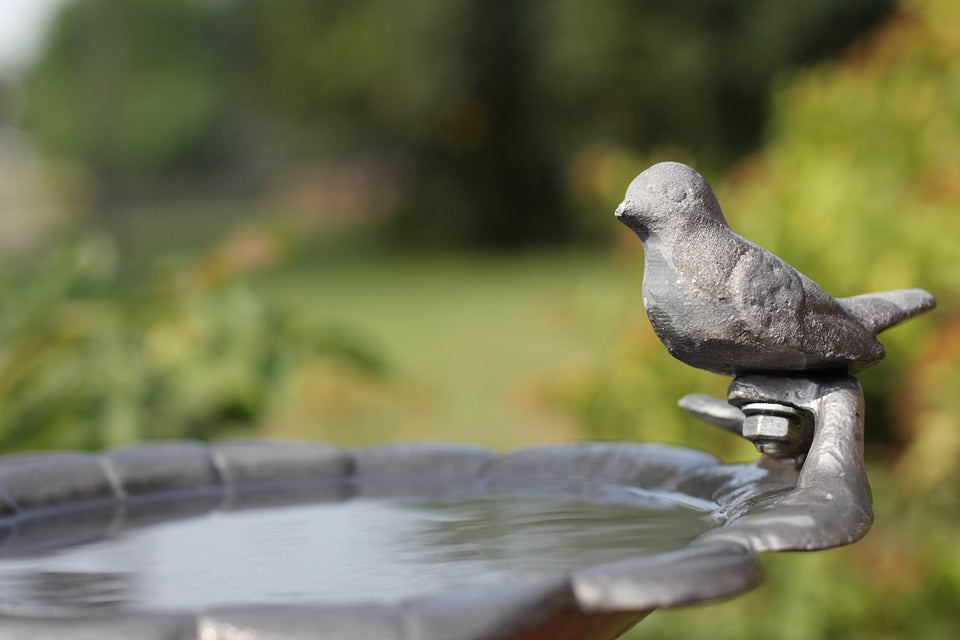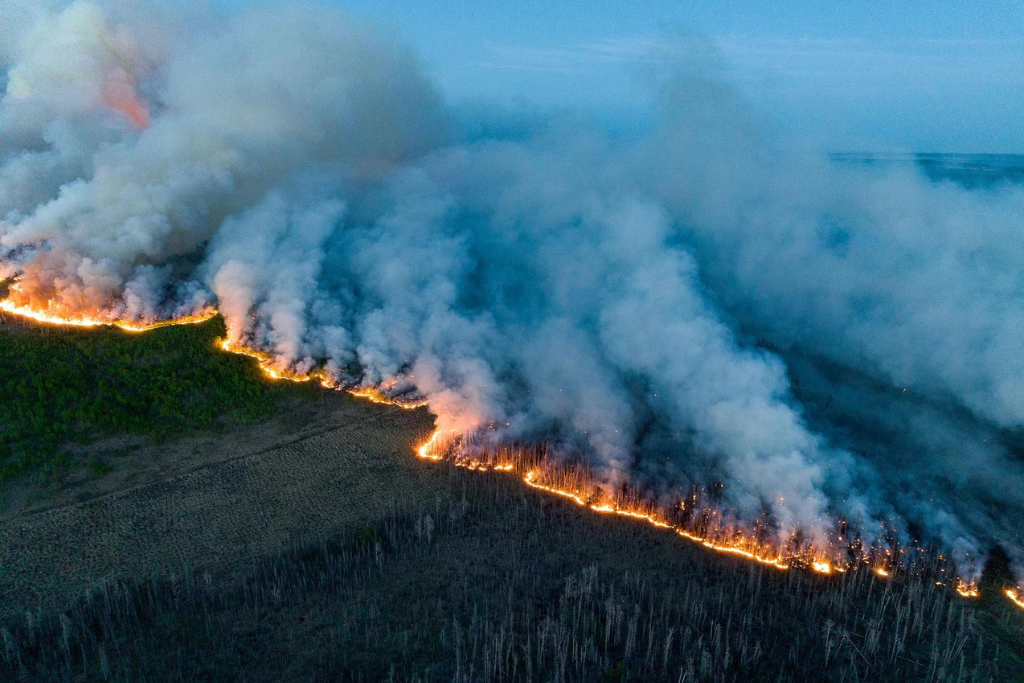Offer
Provide additional details about the offer you're running.
Provide additional details about the offer you're running.
Provide additional details about the offer you're running.

While getting yourself a few good feeders and educating yourself about the very best seed available, there is so much more that really goes into planning your backyard for birding; or birdscaping. Visions differ from birder to birder, as does available free time, so depending on where you fit, a complete overhaul or planning process may not be needed.
For those of us, however, who have made it our goal to transform our backyards to attract and delight our feathered friends, the planning begins much earlier than the purchase of our first feeder. That is not to say that hanging a feeder with some stellar seed will not attract birds to your yard, because in all likelihoods, it will. It just simply states that to take your birding to the next level and have a chance at spotting multiple species throughout the year, you will likely need to make some changes to the design of your yard.
Ready to take the plunge?
Here are a few places we recommend to start!
Plants
If you have plants in your yard already, chances are they are native to the area, but it never helps to have a second look. Keep that in mind whenever you are planting new vegetation, as invasive species can look pretty, but often can and will take over more of your yard than previously planned.
No Wide Open Spaces
While a well-manicured lawn is something to be proud of, those of you with a wide open yard will likely notice that without any feeders, birds are rarely found on the grass, with exception to robins and grackles in the spring months. The main reason behind this is these areas typically do not hold a large amount of food or shelter, so often times you will notice more bird activity in the treed perimeter of your property.
Build & Maintain a Brush Pile
We have mentioned this many times and perhaps one of the easiest natural ways to host a variety of birds in your yard. By building brush or leaf piles around your property you are essentially creating stellar food sources for your birds. These piles are home to hundreds, if not, thousands of insects and can provide ideal nesting material and shelter for your feathered friends.
High Quality Blend

